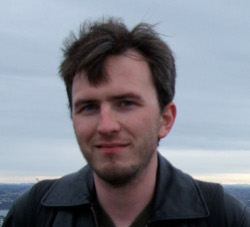
National Science Foundation Research Scholar
Industrial Patronage and the Cold War University
Science began to assume the central place it now holds in American society after World War II, when it drove the development of new consumer and military technologies and took a larger role in American politics and governance. Much of the research that directly affected Americans’ lives came from collaborations between universities and business interests. Historians who have investigated university-industry collaborations have shown how some of them supported American military interests during the Cold War. They have demonstrated, for instance, that institutions such as the Massachusetts Institute of Technology and Stanford University cultivated a cozy relationship with both industry and government after World War II, at times steering their research towards economic and military interests. Studies of this type of relationship have shaped current historical understanding of Cold War science, and they suggest that individual institutions possessed very little latitude to craft the types of relationships with industry they thought most conducive to their institutional goals. The project I am undertaking while in residence at the Consortium seeks to broaden this picture by investigating academia-industry collaborations that aimed to exclude pervasive military funding and find common ground between academic and industrial interests. A broader survey of institutions will situate existing understanding of academia-industry partnerships within a larger, knottier story about American science, technology, academia, and industry. These studies will help answer the questions of 1) the extent to which the motives driving industrial investment in science were contingent, and less rigid than is sometimes assumed, and 2) the degree to which individual institutions had agency to determine the shape and direction of their research programs and the character of their institutional partnerships.
Read more in the research report here.